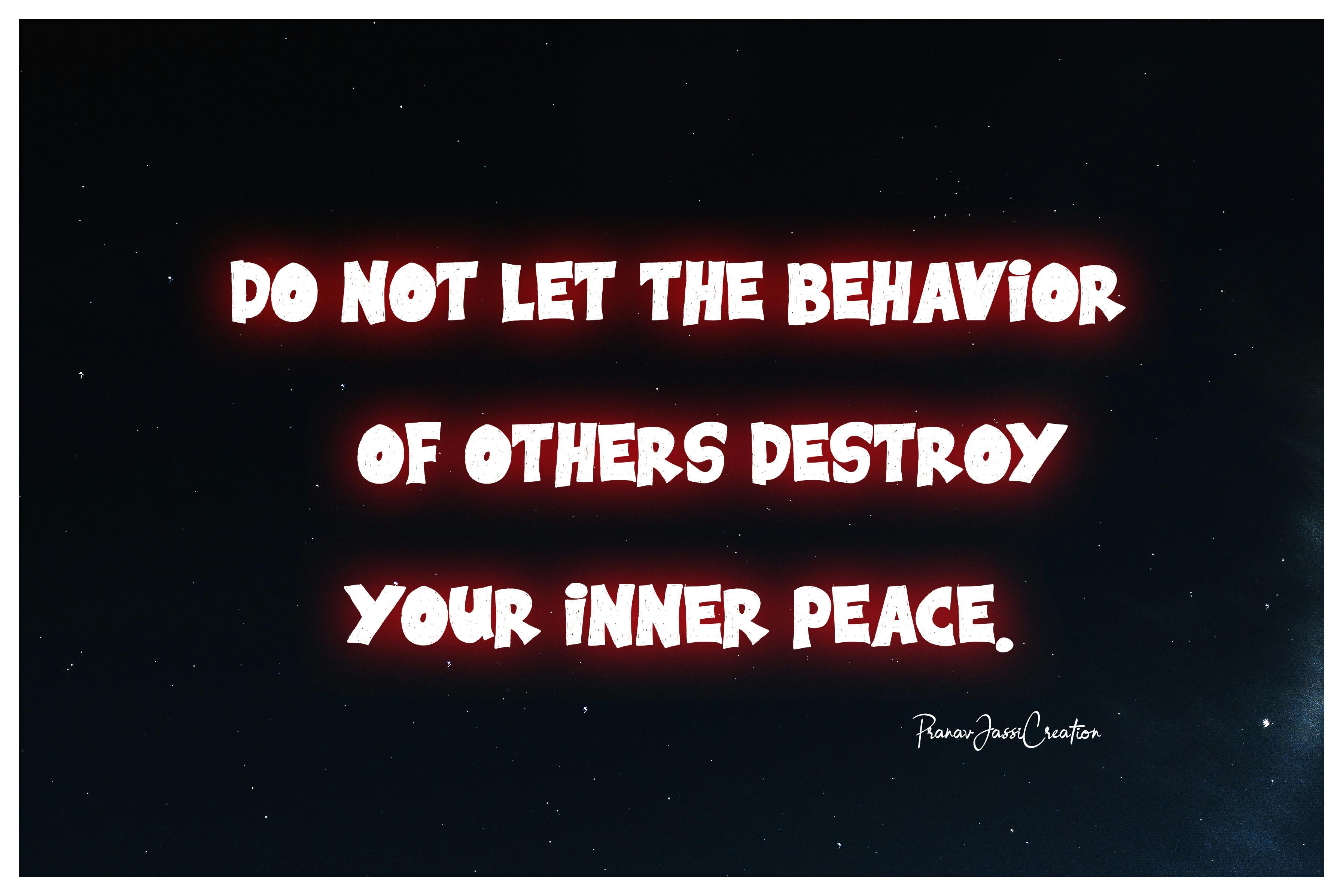Risk Management in 2025: A Smarter, Calmer Approach to Uncertainty
Let’s get something out of the way early: risk isn’t the enemy. It’s a part of life — like gravity or change. What matters isn’t avoiding it entirely (impossible), but learning to manage it in a way that’s thoughtful, strategic, and surprisingly empowering.
In this guide, we’re not going to drown in formulas or scare you with “what ifs.” Instead, we’ll walk through how to approach risk in 2025 — whether it’s financial, professional, or personal — with the mindset and tools of someone who doesn’t panic, but plans.
What Risk *Really* Is
Risk is simply uncertainty that matters. That’s it. It’s not always danger. In fact, most worthwhile things in life — starting a business, investing, even falling in love — carry risk.
The trick is distinguishing between *good risk* (calculated, potentially rewarding) and *bad risk* (reckless, misinformed).
A Fresh Framework: The 3 Levels of Risk
Forget the overly complex models. Here’s a cleaner, more usable way to think about risk:
| Level | Description | Common Examples |
|---|---|---|
| Level 1: Known and Measurable | Data exists, probabilities are clear | Car insurance, stock volatility |
| Level 2: Known but Uncertain | We know the risk exists, but not how it plays out | Market shifts, job loss |
| Level 3: Unknown Unknowns | Unexpected risks outside your radar | Pandemics, sudden regulation changes |
The best risk managers? They don’t just prepare for Level 1. They build flexible systems that can bend — not break — when Level 2 or 3 hits.
Risk Isn't Just for Big Companies
Let’s stop thinking of risk management as something only banks or CEOs care about. If you have a family, a business idea, or a bank account — this applies to you. And honestly, in today’s climate, not thinking about risk is the biggest risk.
Common Mistakes in Risk Thinking
- Overestimating rare threats: We worry about plane crashes, but ignore credit card debt or burnout.
- Under-planning for likely scenarios: Most “financial shocks” are things like car repairs or job transitions — totally predictable if you zoom out.
- Thinking confidence = control: Feeling certain doesn't mean you’re safe. Good planning beats gut feelings.
How to Build a Personal Risk Strategy
Here’s a five-step process that works whether you’re managing a team or your own budget:
- Inventory your exposure: What are the biggest risks to your finances, time, or goals?
- Assess likelihood and impact: Focus on what’s *likely* and *disruptive*, not just what’s dramatic.
- Create buffers: Emergency funds, flexible schedules, insurance — they’re shock absorbers.
- Diversify, always: Income sources, investments, even relationships. Diversity = resilience.
- Review regularly: Risks shift. What was unlikely two years ago might be obvious now.
A Personal Touch: The “Pre-Mortem” Trick
Here’s our favorite risk tool — and your secret weapon: the **pre-mortem**.
Instead of waiting for something to fail, ask: “Imagine this decision went wrong a year from now. What happened?”
This single question often reveals blind spots before they cost you time or money. Use it for investments, hiring, big life moves. It’s simple and disarmingly effective.
Risk Management Tools Worth Using in 2025
- YNAB or Monarch Money: For financial risk awareness and planning.
- Evernote or Notion: Track goals and stress-test plans visually.
- Google Alerts: Monitor emerging risks in your field or geography.
- Personal board of advisors: 3–5 people whose judgment you trust. Run big decisions by them.
Real Talk: Risk Is a Muscle, Not a Shield
Managing risk isn’t about eliminating discomfort — it’s about building confidence. Confidence that you’ve thought things through. Confidence that even if things shift, you’ve got options. Confidence that you can make decisions not just from fear, but from clarity.
Wrapping It Up
In a world that moves fast and surprises often, good risk management isn’t rigid — it’s adaptable. And the best part? Once you stop fearing risk, you can start using it. To grow. To protect what matters. To actually sleep better at night.
You don’t need to be perfect — just prepared.

Bonus Insight: The Risk Calendar
Here’s your “signature move” for 2025: create a **Risk Review Calendar**. Every quarter, set 30 minutes to walk through your top risks (financial, health, work, family). What’s shifted? What’s emerging? What do you want to reinforce?
Most people never do this. The ones who do? They tend to stay ahead of the curve — and rarely panic when the unexpected arrives.
Remember: risk isn’t a cliff. It’s a terrain. Learn to navigate it, and the view is worth it.
